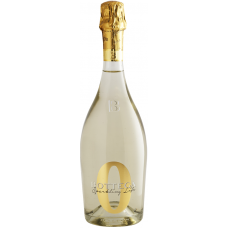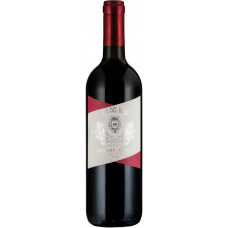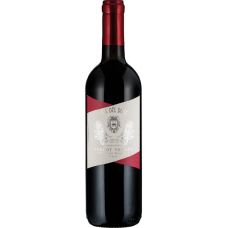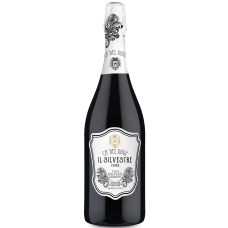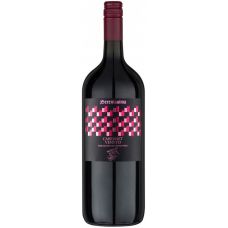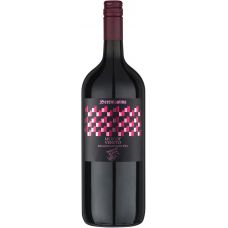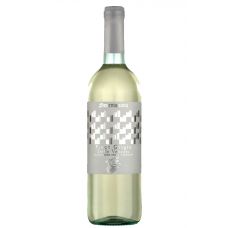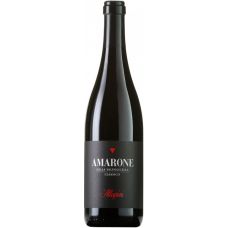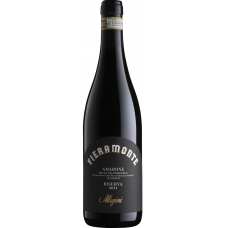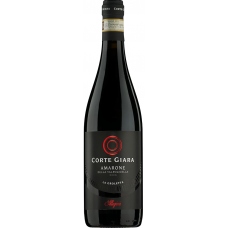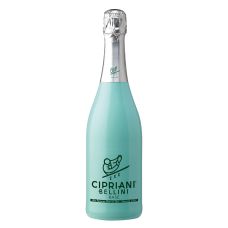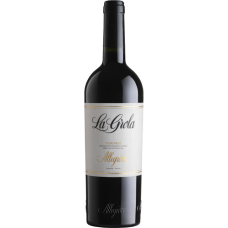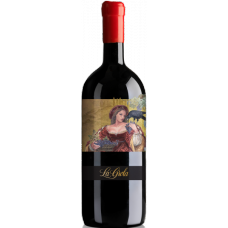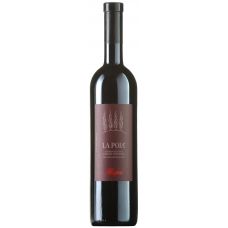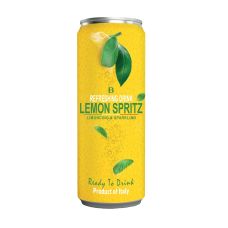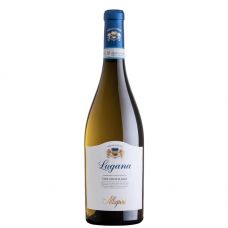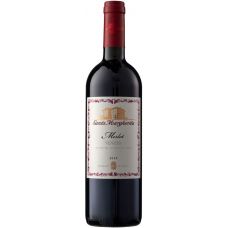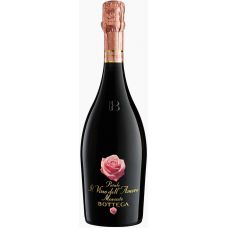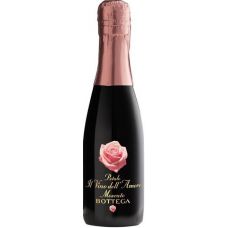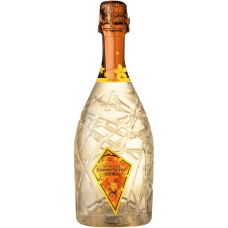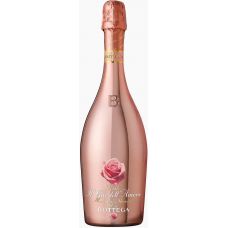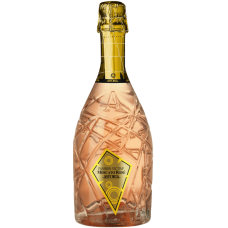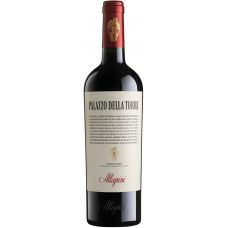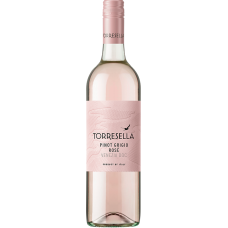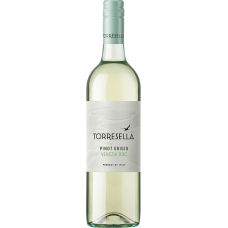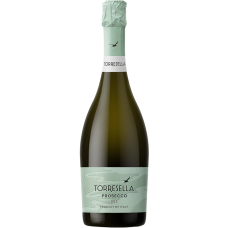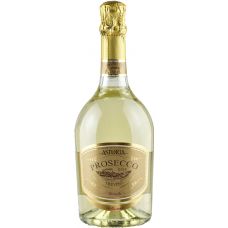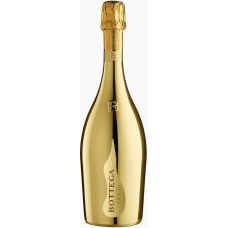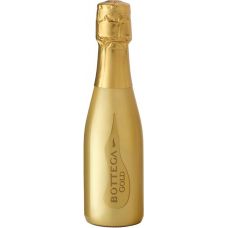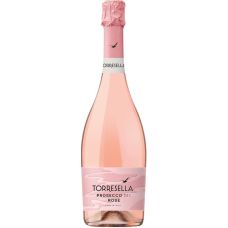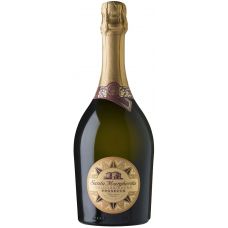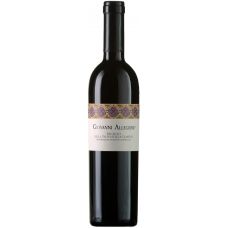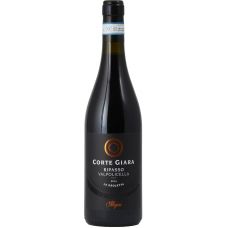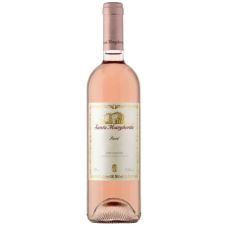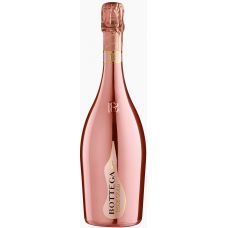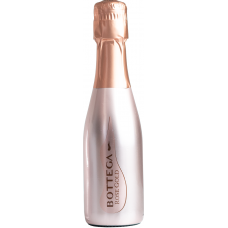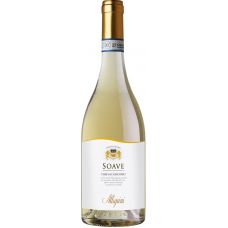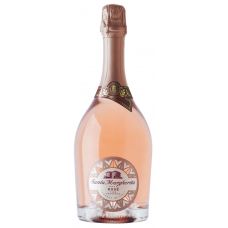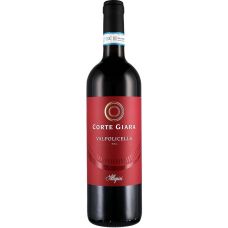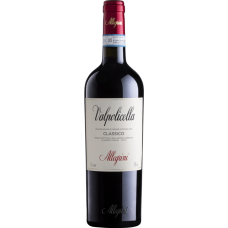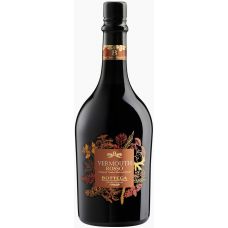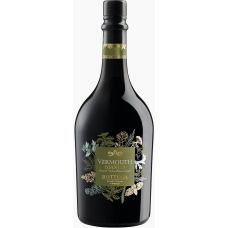The Veneto, named after its most famous city, Venice, has a rich and varied history The ancient Etruscan tribes of Veneti and Reti were producing excellent wines here long before Rome was founded Retico is one such example—a concentrated and elegant red passito-style wine and the predecessor of modern Recioto della Valpolicella and Recioto di Soave Between the 14th and 15th centuries a flourishing wine trade developed, supported by many laws and regulations—again, predating the modern wine industry’s DOC classifications—but the wines consumed were markedly different from those we know today.
At that time, the most cultivated white grapes were the Bianchetta Trevigiana, Verdiso and Vespaiolo, while Marzemino and Raboso led the reds This early industry was disrupted by a terrible frost in 1709, and most of the vineyards had to be completely replanted, as all but the most chill-resistant vines were destroyed Today, the local wine scene is still flourishing, as the Veneto has taken the lead in Italian regional production – of which 30% of this is DOC level Of course, the pinnacle of red DOC wine is represented by the Valpolicella triumvirate: Valpolicella Classico, Amarone delle Valpolicella and Recioto della Valpolicella, produced just to the east of scenic Lake Garda and north of Verona.
Few regions have such a wealth of varied food sources – from fertile plains, lush hillsides, woods lakes, streams and the Adriatic; and regional cooks combine them with such easy artistry Dishes can be lavish, ornate or exotic (the Venetians introduced spices to Italy), but the elements of the cooking are simple: rice, beans, polenta, sausages, salami, poultry, game, mushrooms and mountain cheese Venice is the showcase, but the food is every bit as delicious in the interior provinces and perhaps most of all in Treviso, a sanctuary of Venetian gastronomy.
- 750ml
- 750ml
- 750ml
- 750ml
- 750 ml
- 1.5 L
- 1.5 L
- 750ml
- 750ml
- 750ml
- 750ml
- 750ml
- 750ml
- 750ml
- 750ml
- 1.5 L
- 750ml
- 250ml
- 750ml
- 750ml
- 750ml
- 750ml
- 200ml
- 750ml
- 750ml
- 750ml
- 750ml
- 750 ml
- 750ml
- 750ml
- 750ml
- 750ml
- 200ml
- 750ml
- 750ml
- 750ml - 1.5 L
- 500ml
- 750ml
- 750ml
- 750ml
- 200ml
- 750ml
- 750ml - 1.5 L
- 750ml
- 750ml
- 375ml - 750ml
- 750 ml
- 750ml
- 750ml

